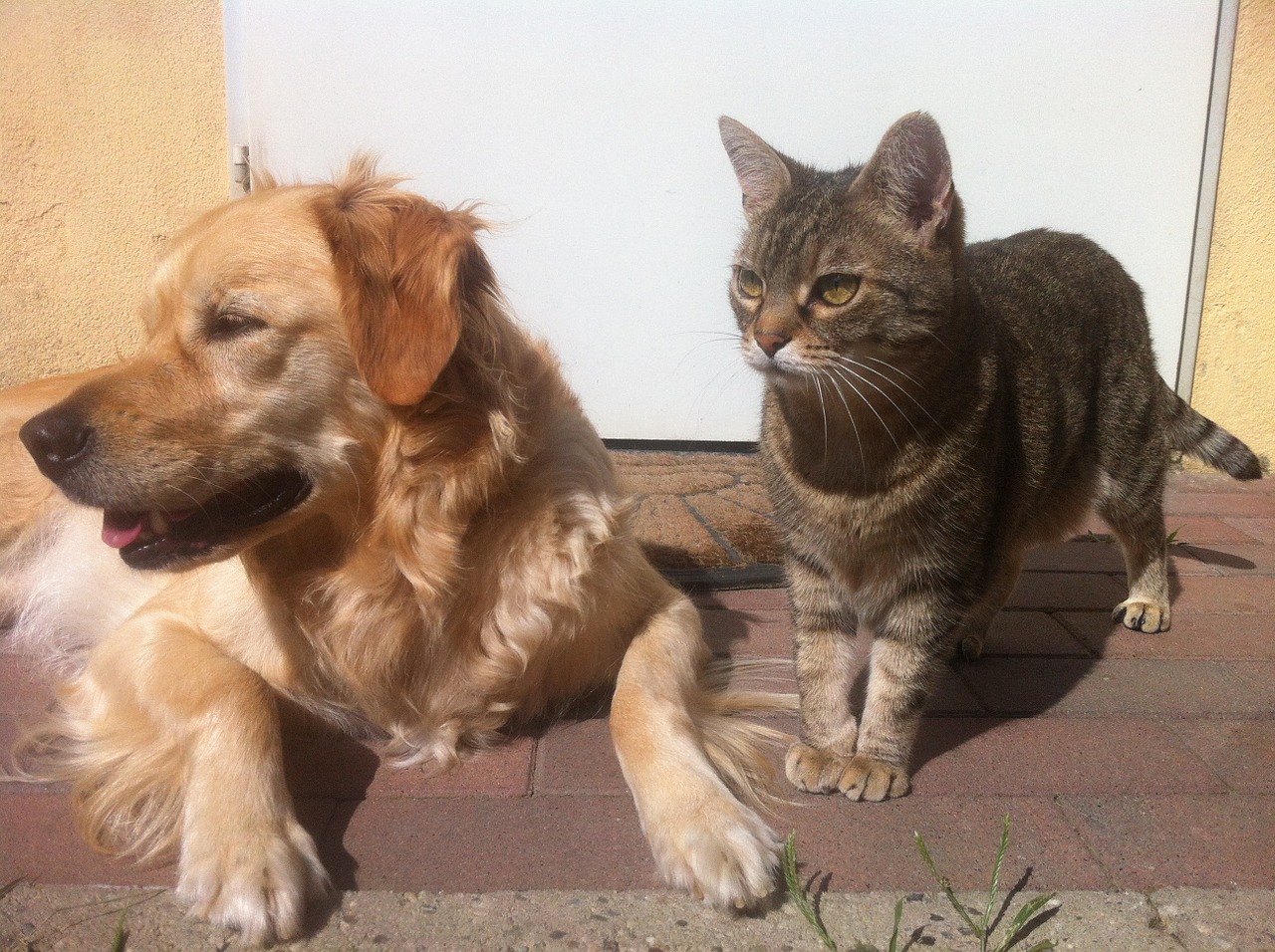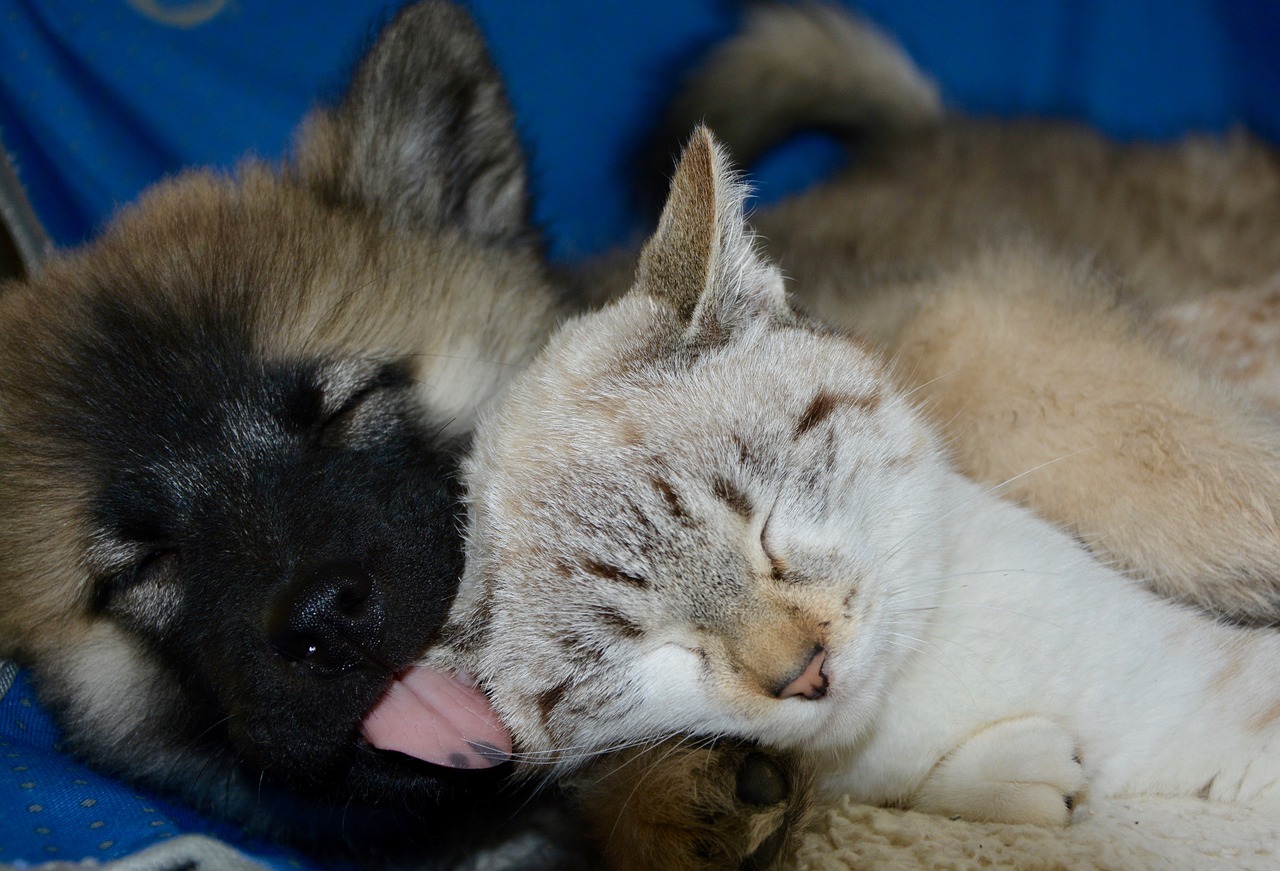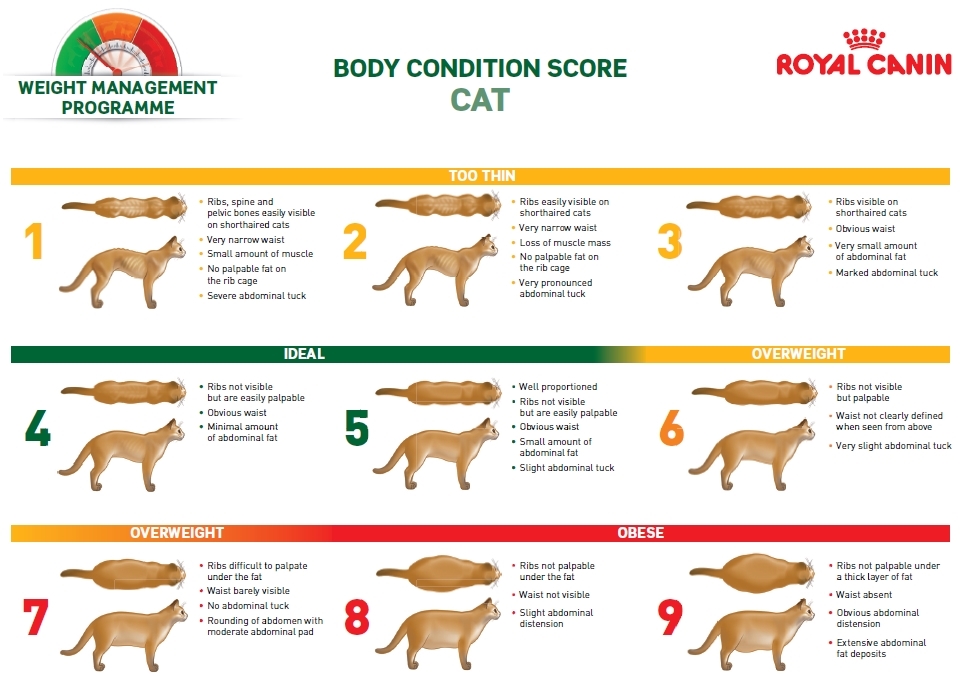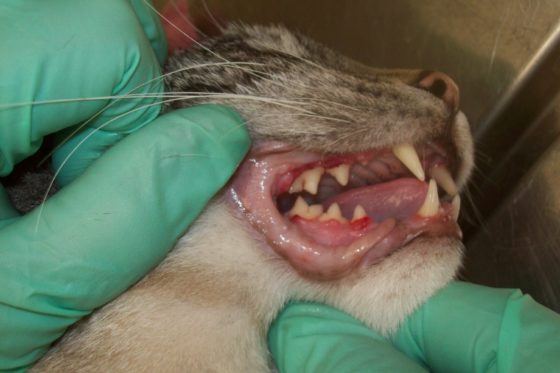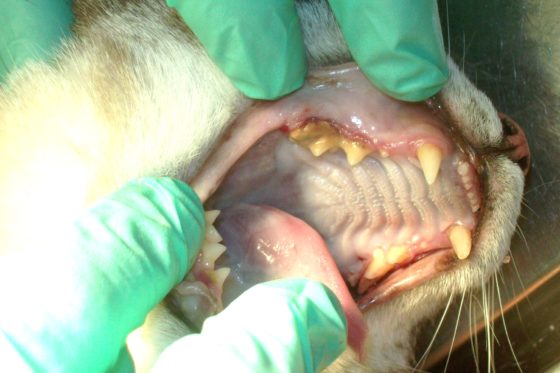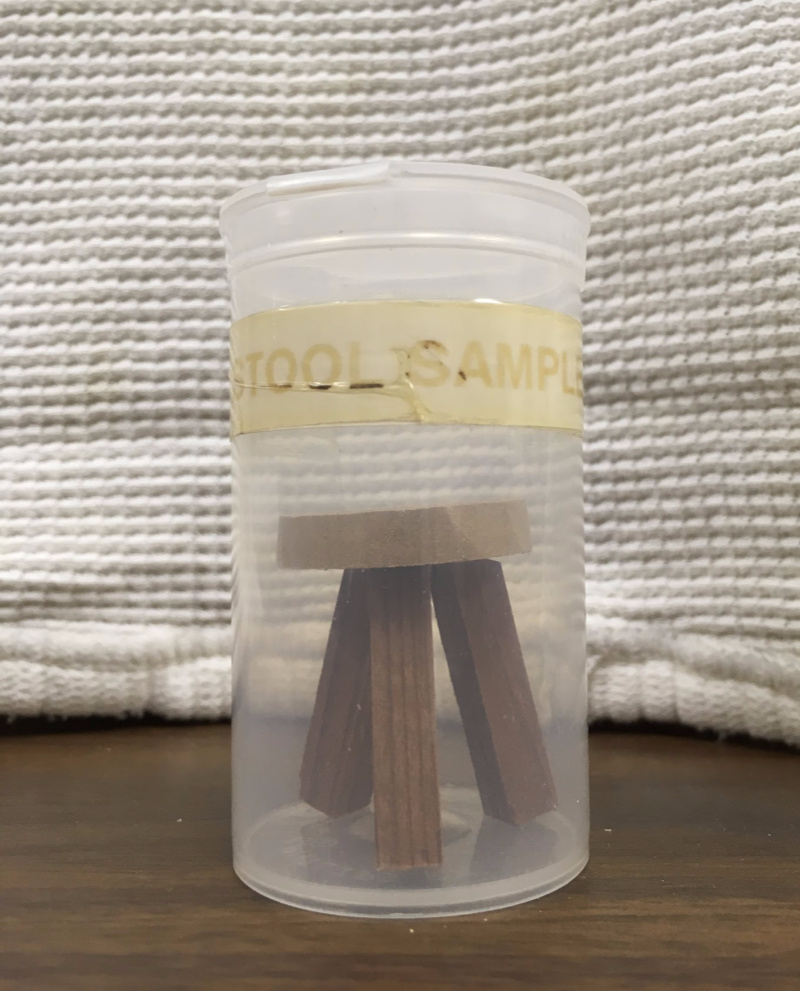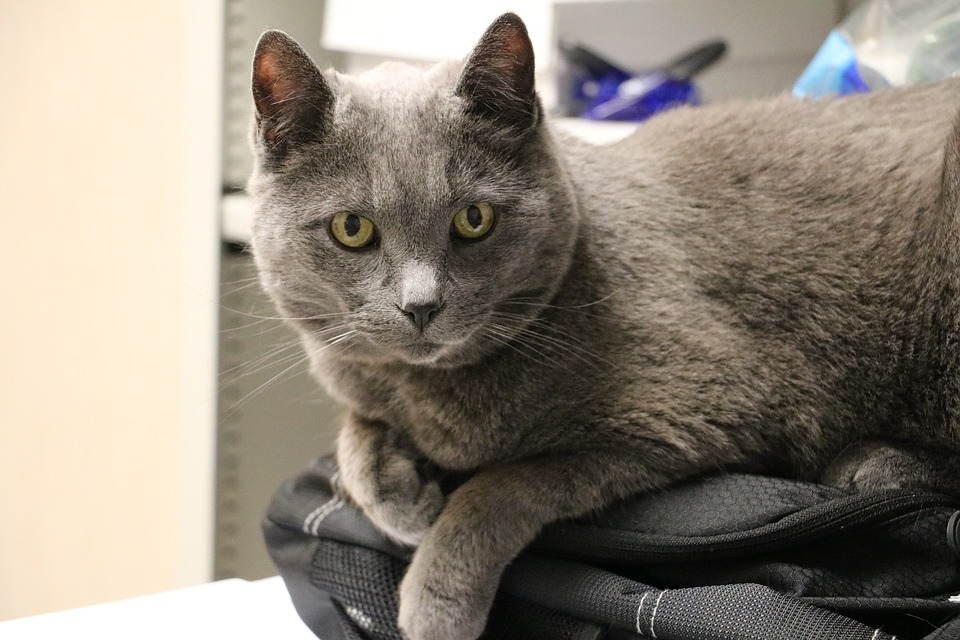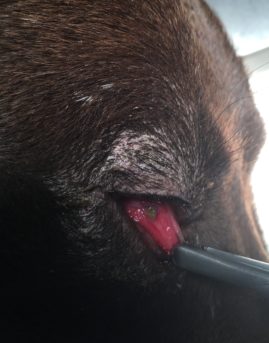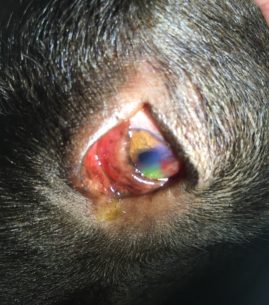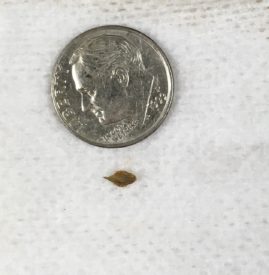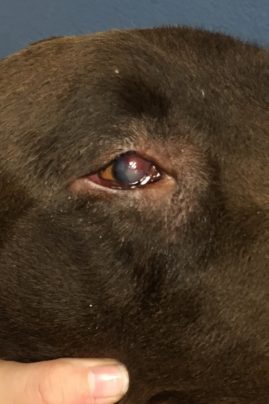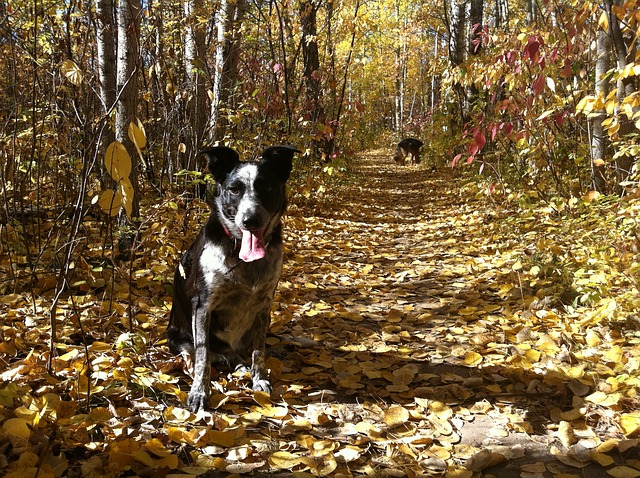Pets can have seizures. They come in all varieties and it Is impossible to know how frequent or how long their duration may be. Years ago it was thought that all seizures were hereditary, poison related, or idiopathic. With the advancement of technology, machines that can measure brain activity and scan brain tissues have raised awareness to a large number of other causes. The challenges of diagnosing a cause are many. Difficult to determine when a seizure may occur so that brain activity can be monitored. The expense of brain scans are cost prohibitive for many clients. Most practices do not have the equipement to diagnose a cause. The results often indicate that surgery is not possible based on the location of the problem. The cost of surgery is not within a clients budget. These are only a few of the reasons seizures are a challenge.
Seizures are more likely to be seen in a dog than a cat. Seizures can begin at any age. If seen early in life we assume it is congenital, poison, infection, or trauma related. If beginning later in life, we consider recent trauma, poisons, or brain disease. If seizures develop after 6 months of age but before 5-6 years of age they may be classified as epilepsy. Epilepsy is a form of seizure activity where no underlying cause can be found.
When poisons are a factor we rely on owners to tell us what they were exposed to. Often a diagnosis will not be made in this category without an owners knowledge of the toxin. Simply put our patients cannot tell us what they ate or were exposed to. There are tests that can be done in a laboratory setting but we must tell them what to look for. If we did not see them consume the toxin it will be difficult to ask them to look for it. Occasionally the symptoms will give us a high suspicion of a toxic exposure and we will discover the offending product. If we do not have a clear idea of what the poison is we will treat the clinical symptoms and hope the body can clear the poison. Medications to control the seizures along with fluid therapy and activated charcoal are standard treatments for many suspected poisons that cause seizures. The need to start treatment immediately to reduce clinical symptoms is crucial. Yet if we did not see the pet consume the poison we do not know about its negative effects until the clinical symptoms begin to occur. Recently I discovered a common product used in humans called 5-fluorouracil is extremely toxic to dogs and cats if accidentally consumed. Within 30 minutes of chewing on the tube the dogs start to have seizures and die. If you know of anyone on this product please share this article with them to raise awareness of the risk this has to pets. Even licking this cream can cause toxicity in pets:
Congenital seizures can stem from Portosystemic shunts(PSS) in pets. These liver shunts direct the blood away from the liver. Surgeries are available to correct the shunt and stop the seizures caused by it. These seizures can be caused by hydrocephalus or more commonly called “water on the brain” in young pets. This condition has varying degrees of clinical symptoms but seizures can be seen in severe cases. Certain breeds are more prone to these conditions.
Traumatic injuries at anytime in a pets life can lead to seizure activity. Pets fall down stairs, then get hit in the head by large objects, they are hit by cars, they run into objects with their heads, etc. Any of these situations can potentially lead to seizures. Some will have their first seizure at the time of the injury. Others do not start them until later in life. I was hit in the forehead with a baseball and most likely had a concussion. That could lead to issues for me in the future. There is no way to know what may develop in the future when the brain has been injured.
Medical conditions of the of the brain and even some within the body can have seizures as possible side effects. The list is endless but I feel as a whole the human and veterinary medical teams are learning more every day about the brain and how to treat some of these medical conditions.
After all of this information you may be asking yourself, “What can we do if a pet has a seizure?” First and most important, stay calm and move the pet carefully to a safe area. Do not stick your hand in the pets mouth or attempt to hold their tongue. They will not choke or swallow their tongue. The actual seizure is often short. The seizure can be mild and just be a pet staring off into the air and not responding to your voice. Maybe an ear will be twitching or an eyelid. They are still and unresponsive. The seizure could be a full blown grand mal like seizure where the animal is on its side rigid and paddling, having irregular breathing, drooling, unresponsive, it may pee or poop or both during the episode. After the seizure is over the pet has a stage called the postictal period where they are confused, uncoordinated in their movements, hungry, thirsty, exhausted, etc. This may last longer than the actual seizure but your pet will recover 100% if given time.
Please notify your veterinarian if you suspect your pet had a seizure. Treatment is not always begun at the first sign of a seizure. If the seizure was mild and they are infrequent then you may be encouraged to wait to start medications. It is important to let your veterinarian know if there are any concerns about poisons or infections that may have caused the seizure. If you have had a history of trauma with your pet you should share that information with your veterinarian. The recommendation on when to begin medication is varied between practices. It is best to speak with your veterinarian so you can discuss options available. Blood work is required to begin seizure medication and also annual exams.
Pets can live normal lives with seizures being controlled by medications for a number of years. Some activities seem to lead to seizures for some pets. Good record keeping can be helpful in determining the proper way to treat your pet. There are new diets and medications available to help maintain a good quality of life. If you have concerns about whether your pet is needing medication for seizures contact your veterinarian for more information.
